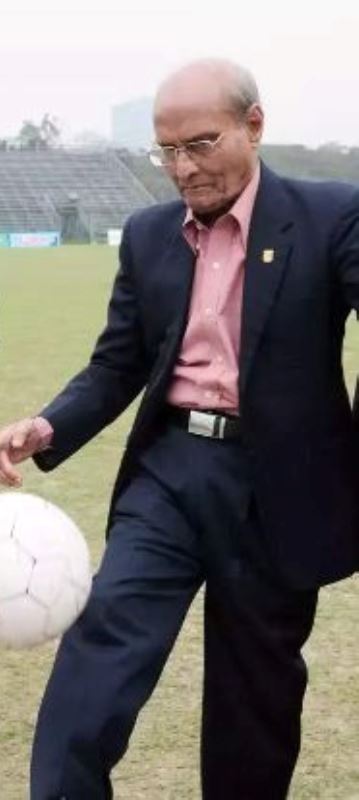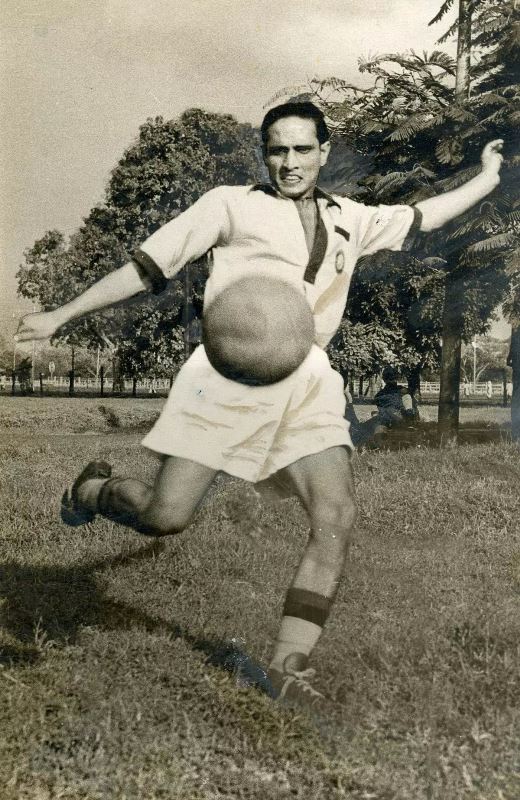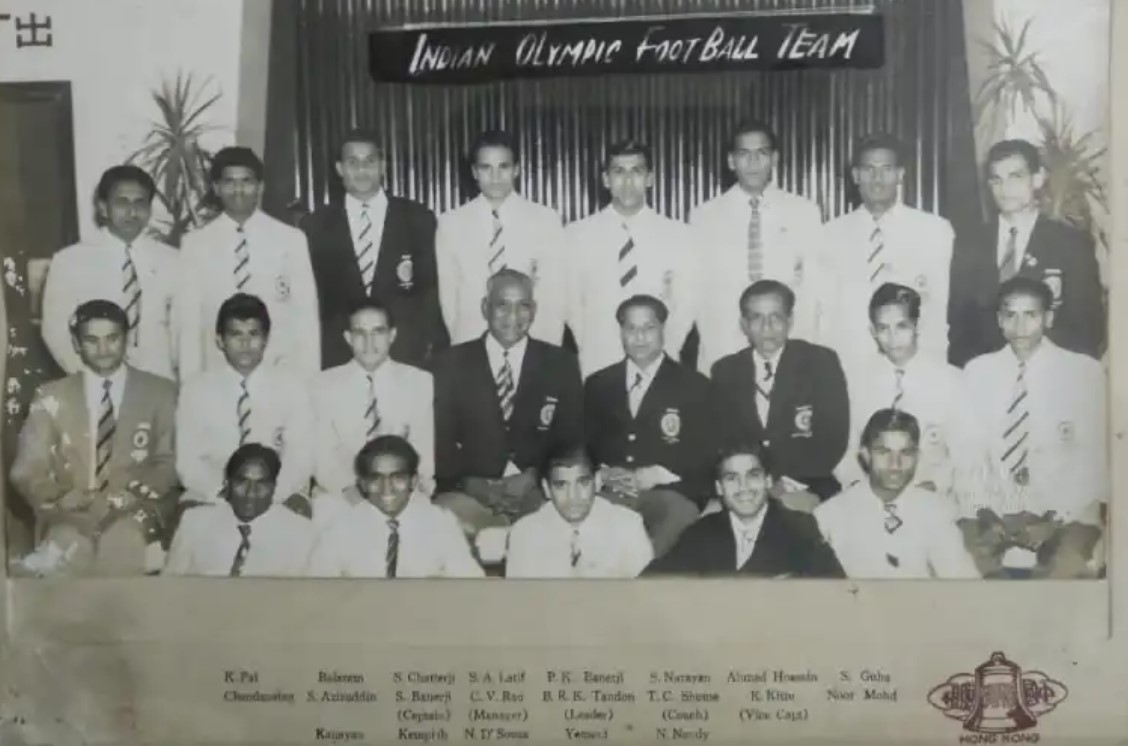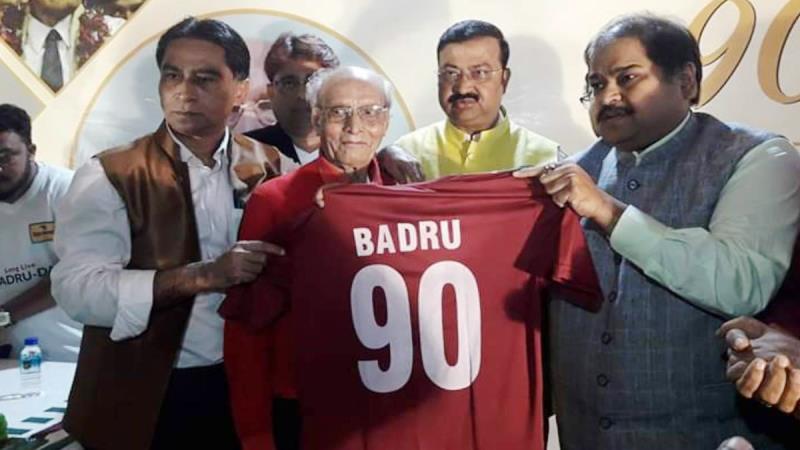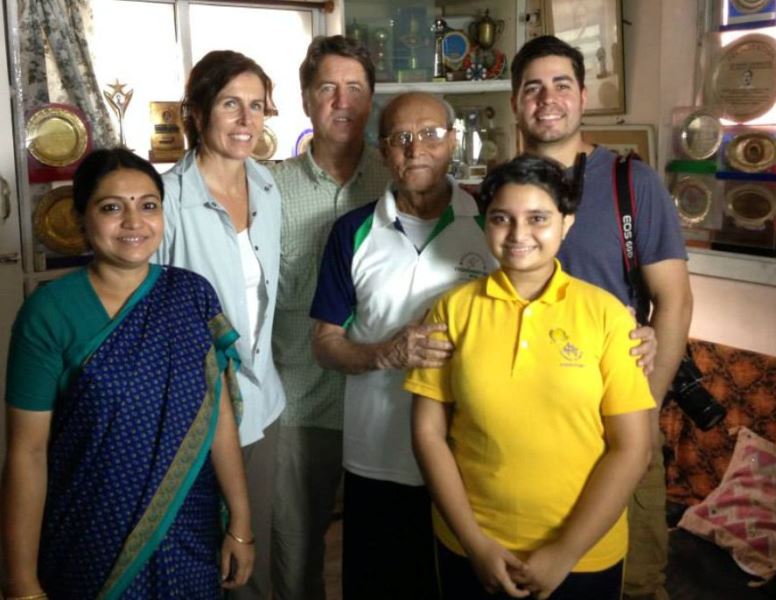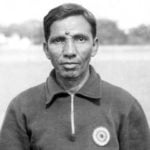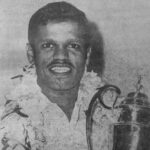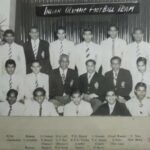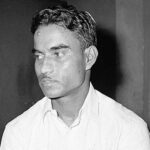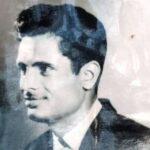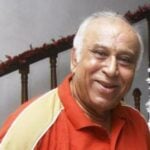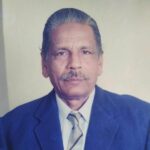Samar Banerjee Age, Death, Children, Family, Biography
Quick Info→
Death Cause: Covid-19 And Age Related Ailments
Hometown: Kolkata
Age: 92 Years
| Bio/Wiki | |
|---|---|
| Nickname | Badru |
| Other names | • Samar 'Badru' Banerjee • Badru-Da |
| Profession | Footballer |
| Physical Stats & More | |
| Height (approx.) | 5' 4" (163 cm) |
| Football | |
| International Debut | 1 December 1956 (Olympics) |
| Jersey Number | # 1 (India) |
| Domestic/State Team | • Bally Protiva Club (1948) • Bengal Nagpur Railway (1949-1952) • Mohun Bagan (1952-1959) • Bengal |
| Coach/Mentor | Syed Abdul Rahim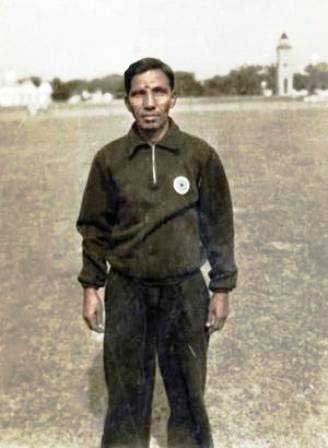 |
| Position | Forward |
| Awards & Honours | • Mohun Bagan Ratna (2009) • Jiban Kriti Sanman by Government of West Bengal (2016-2017) |
| Personal Life | |
| Date of Birth | 30 January 1930 (Thursday) |
| Birthplace | Bally, Bengal Presidency, British India (now in West Bengal) |
| Date of Death | 20 August 2022 |
| Place of Death | SSKM Hospital, Kolkata |
| Age (at the time of death) | 92 Years |
| Death Cause | Covid-19 and Age-related ailments |
| Zodiac sign | Aquarius |
| Nationality | • British Indian (1930 - 1947) • Indian (1947 onwards) |
| Hometown | Kolkata |
| College/University | R. G. Kar Medical College, Kolkata |
| Educational Qualification | Higher Secondary Education |
| Religion | Hinduism |
| Caste | Brahmin |
| Relationships & More | |
| Marital Status | Married |
| Family | |
| Children | Son- 1 |
| Parents | Father- Sasanka Sekhar Banerjee |
Some Lesser Known Facts About Samar Banerjee
- Samar Banerjee was exposed to football as a young boy by his family. Every evening outside his house’s courtyard, a talk session about football matches of the Kolkata Maidan would take place among his elders, which Badru enjoyed listening to.
- Observing Samar Banerjee’s interest in football and not paying the same amount of attention to academics, his father, who was very particular about his studies, often scolded him.
- Samar Banerjee was equally brilliant in academics. His father wanted him to become a doctor so he enrolled him for medical studies during college. However, after attending for 3 years, Samar left the course midway to pursue a football career, going against his family’s wish.
- He used to go to play football in the afternoons after his school time. He went to the local grounds of Bally Hindu Sporting Club and Bally Wellington Club.
- During this time, Badru learned to play football with boots. He realized its importance in his later career, when he saw his national teammates struggle with playing football in the boots.
- In the football maidan (playground), he was popular as Badru Banerjee.
- In 1948, Samar Banerjee played his first professional football match for the Bally Protiva Club, which was a third-division team of the Calcutta Football League at that time.
- Badru won the maximum number of matches under Mohun Bagan Club, beginning from his debut season in 1952 in which his team won the IFA Shield jointly with the Rajashthan Club.
- His other victories under the club were – the Durand Cup (1953), the Santosh Trophy (1953,1955), the Colombo Cup (1954), the CFL Shield (1954, 1955, 1956, and 1959), the Rovers Cup (1955), and the IFA Shield (1954, 1956). In 1956’s foreign tour, Mohun Bagan won all 4 matches.
- Mohun Bagan got its first Durand Cup victory with Samar Banerjee, who played a major role in the knock-out stages.
- In Mohun Bagan, Samar Banerjee and Keshto Pal were considered as the deadly partners during the gameplay.
- He was selected by the popular Indian football coach, Syed Abdul Rahim to play for India in international tournaments. His international career spanned between 1954-1956.
- Under his captainship, India reached the semi-finals in the 1956 Melbourne Summer Olympics, becoming the first Asian country ever to reach the semi-finals of football Olympics.
- In the 1956 Melbourne Olympics, India scored maximum goals against Australia (4-2), defeating them in their home country. It lost to Yugoslavia in the semi-finals by 4-1 and was defeated by Bulgaria by 3-0 in the match for the bronze medal.
- In 1958, Mohun Bagan declared Badru as the captain of their team, however; the team did not perform well under his captainship. He was a four-time winner (1954, 1955, 1956, 1959) of the Calcutta Football League under Mohun Bagan.
- In 1959, he was recruited by Burma Shell Company due to which he had to shift to Siliguri (West Bengal); however, he continued to play football by attending his training in Kolkata on weekends.
- Samar ‘Badru’ Banerjee retired in 1960 after which he managed the Calcutta Football League.
- In 1961, he became the head coach of the Barisha SC and Bengal football team.
- In 1962, he got a Santosh Trophy victory as a coach of the Bengal state team. After this, he served as a selector for the football talent hunt on behalf of the Indian Football Association.
- On this death in 2020, his co-player, Late Tulsidas Balaram remarked,
We were the last two surviving members of the 1956 Olympics squad. What is the point of living now, to see the worst days of Indian football?” the legendary Tulsidas Balaram lamented. “I feel sad and lonely now.”
- Long before his death, he was suffering from ailments like Alzheimer’s, Azotemia and high blood pressure. He was survived by his daughter-in-law.
- A postal stamp was released to honour his contribution to Indian football.


